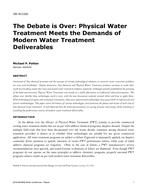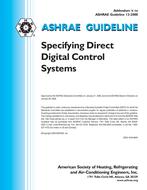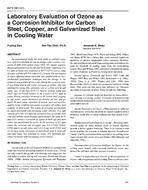Demand-controlled ventilation (DCV) is increasingly used for control of indoor air quality (IAQ) and energy saving in buildings. In a DCV system, the supply airflow rate varies with time based on the signals from indoor air quality sensors (e.g., CO2 sensor). This paper presents a numerically based study focusing on optimal sensor positioning in ventilated spaces for a DCV system. Computational Fluid dynamic (CFD) simulation is employed to examine dispersion of particles and gases in three representative ventilation rooms: 1) room with a ceiling diffuser; 2) room with a side wall slot diffuser; 3) room with a displacement ventilation diffuser. In each airflow condition, the concentration profiles of particles, CO2, and ozone were calculated in thebreathing zone defined as the space between planes 7.55 and 180 cm [3 and 72 inch] above the floor and further than 60 cm [2 ft] from the walls. Simulations under different source locations are conducted to study the relationship between source location and transient concentration profiles in the space. Results show that a sensor reading of pollutant concentration can vary significantly with diffuser arrangement, source location, and pollutant characteristics. The results also show that sensor positioning at the room exhaust can work in only limited cases such as a room with ceiling diffusers.
Citation: 2018 Winter Conference, Chicago, IL, Conference Papers
Product Details
- Published:
- 2018
- Number of Pages:
- 9
- Units of Measure:
- Dual
- File Size:
- 1 file , 1.5 MB
- Product Code(s):
- D-CH-18-C049


